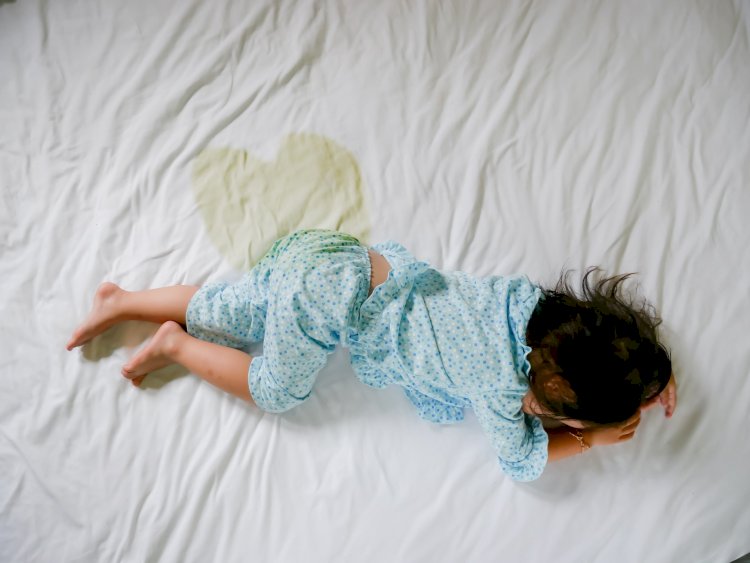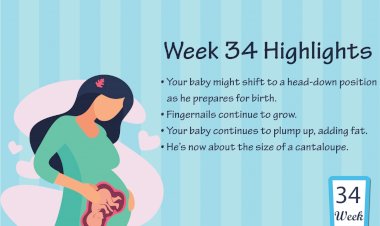Bed Wetting Alarms – What are the various types? How to use it?

Though a lot of young kids wet their beds but they generally stop by age of 4 or 5. However, if bed wetting persists then it leads to embarrassment and loss of confidence. If your kid is 7 or 8 and still can’t sleep dry at night, then you should consult a physician about his/ her bed wetting treatment. One such treatment which helps kids control it is bed-wetting alarm…
Types of bed wetting alarms and their functioning –
Bed wetting alarm are highly efficient and secure bed wetting treatment procedures. Studies reveal that it is quite successful amongst kids of 7 years of age.
A special moisture sensor bed wetting alarm is kept in the night dress of the child which gets triggered and rings a buzzer to start at the beginning of the urination. The alarm wakes the child so they can go to the toilet and complete urinating. In the starting weeks, the parents are awakened by the alarm and they wake the child to go to the bathroom.
If you use the alarm daily at night without fail, then your child will start waking up on the alarm in 4 to 6 weeks. In 12 weeks, he/ she will be getting up on their own to use the bathroom or to hold the urine till morning.
Once your child begins to keep dry till 3 weeks, then continue using the alarm for 2 more weeks and then terminate. If your child begins to wet the bed again, then repeat the procedure. The process usually takes 12 weeks to work. It isn’t a quick fix!
You have three types of bed-wetting alarms –
Wearable alarms – This alarm is clipped to the shoulder of the child with a cord going to moisture sensor which stays in their underwear or pajama. As soon as the sensor detects the first drop of wetness, the alarm is triggered. They ring at 80db which is noisy enough to awake the parents. They also vibrate which helps the kid to wake up getting the feeling of being patted up.
Wireless alarms – This alarm is like wearable alarm but the system sits on the bed and is linked to the moisture sensor through a wireless connectivity. It is good for heavy sleepers as it needs your child to arise and turn off the alarm and make their way directly to the toilet. The volume is alterable.
Bell and pad alarm – This alarm is basic design of bed wetting alarms. It comprises of keeping a moisture sensor pad below your child during their sleep. And as the wetness reaches the pad, the alarm rings. The benefit of using this alarm is that it is comfier for your kid as there are no sensors or cords involved. But it is a little inefficient because may be your child rolls away from the pad while sleeping and wets the bed somewhere else and the alarm never rings.
Adolescents make go for a wireless bed wetting alarm which vibrates as it senses wetness. Being silent and wireless only the child is aware of the alarm.
Though bed wetting alarms take time to function, but they are one of the most highly efficient bed wetting treatment when parents and kids are ready to make a commitment to use it daily without fail. However, you need to make sure that you discuss it with your kid’s physician and find out which bed wetting alarm is the most suitable intervention for your kid and then proceed. Keep in touch with your doctor all through the procedure for positive result.



































Comments (0)